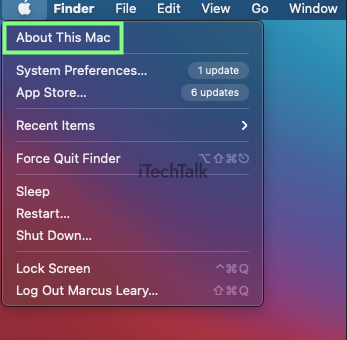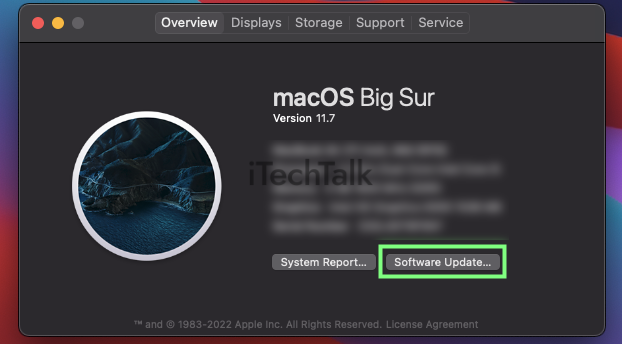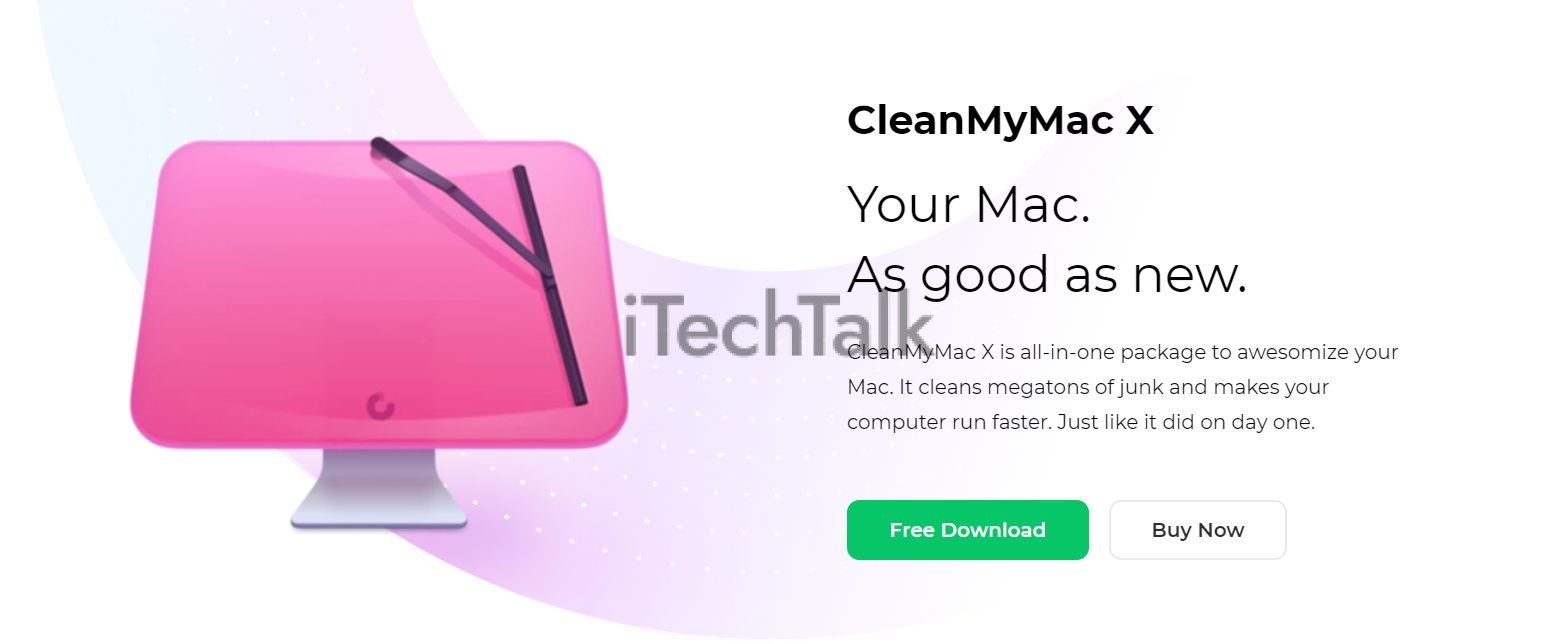If you’re wondering what the Mac OS Base System is, it’s one of the essential parts of your Operating System. The Base system consists of many of the most fundamental components that make up your Mac. This includes Finder, Dock, System Preferences, and major apps like Safari, Mail, and Notes.
If you’ve ever explored the operating system of your Mac, you’ve most likely seen the term, “
Mac OS Base System.” It’s understandable that you probably had no idea what that meant.
To save you some research time, let me explain what this Base System is and why you should never erase it.
What Is the Mac Os Base System?
When you enter Recovery mode via Disk Utility, you’re likely to find a volume called
macOS Base System or
Mac OS X Base System.
The Mac OS base system is the recovery partition on Macs. It consists of a minimum macOS installation that has the bare essentials necessary to run macOS.
What’s Included in The Mac Os X Base System?
A few key components of the Mac OS X base system include the
Finder,
Dock, and
System Preferences.
- Finder helps you find the contents of your Mac using a series of icons and windows. With Finder, you can do everything from finding an important file to changing your wallpaper.
- The dock is essential for displaying your most used Apps. The Dock lets you quickly open an app with a single click or keyboard shortcut.
- System Preferences is where you’ll find tools to fine-tune your Mac experience. This includes desktop appearance, screensaver, network connections, and more.
Those are the main parts of the Mac OS Base System. This system also includes a variety of other programs, including
Safari (the web browser),
Mail (the email software),
Notes (a note-taking program), and
Calendar (an event organizer).

When to Use the Mac Base System?
There are a few reasons you might need to use the base Mac system:
- If your Mac is continually crashing, stalling, or popping up with error messages
- If you have continuous startup failure. 
- -Major disk problems or operating system issues.
Unless you’re attempting to restore, recover, or rebuild your Mac, the macOS Base System is not something you should be concerned about. In a nutshell, it’s a backup for reinstalling macOS or repairing our computers using low-level tools.
Related Reading
The Disk Locked Error and the macOS Base System
The
Disk Locked error is a typical problem that users encounter when attempting to utilize the macOS Base System. It occurs when the Base System, which should only contain a Disk Image of around 2GB, mirrors the hard drive size and displays an error.
This usually happens when you accidentally restore your Macintosh HD to the base system. You’ll need to reset the base system in
Recovery Mode to solve this issue.
Should You Erase the Base System?
No, it’s not a good idea to erase the Mac OS Base System. The Base System does not take up enough space to provide a space-saving benefit.
Also, if you erase the Base System, you will face macOS restore issues down the line that you may not be able to fix.
How Do I Install the Mac Os X Base System?
In the world of computers, mistakes happen, and problems pop up. If something happens and your Base System is erased, here’s how to reinstall it.
You can install the Mac OS X base system from a
recovery partition or a
USB drive.
If your PC has a recovery partition, you can install the Mac OS X base system by restarting it and holding down the
Command and R keys until the Apple logo appears. Then select
Reinstall macOS from the menu, and follow the onscreen instructions.
You can also reinstall the Mac OS X base system with a USB drive. You will need a USB drive with
12GB of storage space and the
macOS installer app.
If your computer doesn’t have a recovery partition, creating a *bootable USB drive is a great way around that.
How to Avoid Problems With Your MacOS Base System
By performing preventative maintenance on your Mac once a month, you can avoid many problems affecting your Base System.
It’s always a good idea to maintain your device’s overall health to keep your Mac optimized. Here are a few ways to keep your Base System healthy:
Remove Desktop Clutter
Get rid of all those unneeded files and folders weighing your desktop down by dragging them over to the
Trash.
The number of icons on your desktop can be mind-boggling if you don’t know what to do with them.
Stacks makes it easier for you to keep track of all of your files.
Simply right-click anywhere on your desktop and choose
Use Stacks from the drop-down menu.
Make Sure Your Mac is Updated
Keeping your Mac up to date is the easiest method to guarantee that it has the most recent bug fixes, software updates, performance improvements, and security enhancements.
- Open up the Apple Menu, then click on About This Mac.

- Click Software Update, then follow the onscreen instructions.

- Restart your Mac if it doesn’t restart automatically.
Keep Your Mac Clean With CleanMyMac X
The simplest method to maintain a Mac is with the Apple notarized software,
CleanMyMac X.
I utilize the
Maintenance Module in CleanMyMac X monthly to execute a series of commands that rotate system logs and remove errors and temporary files.
It improves performance and optimizes your Mac. It’s also really simple to use:
- Open the CleanMyMac App — download the free version here.
- From the sidebar, click on Maintenance.
- Click View All Tasks and select Run Maintenance Scripts.
- Click Run.

To wrap things up, the Mac OS Base System is a collection of some of the essential applications required to operate your computer.
If you have any questions, please comment below. Also, please share this article with anyone you know who needs to learn about the Mac OS Base System.



 To wrap things up, the Mac OS Base System is a collection of some of the essential applications required to operate your computer.
If you have any questions, please comment below. Also, please share this article with anyone you know who needs to learn about the Mac OS Base System.
To wrap things up, the Mac OS Base System is a collection of some of the essential applications required to operate your computer.
If you have any questions, please comment below. Also, please share this article with anyone you know who needs to learn about the Mac OS Base System.